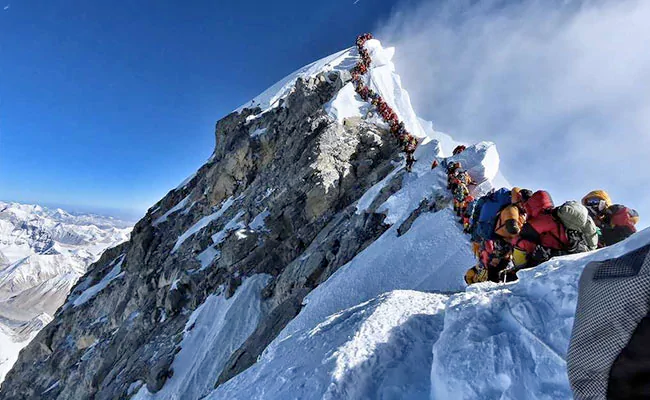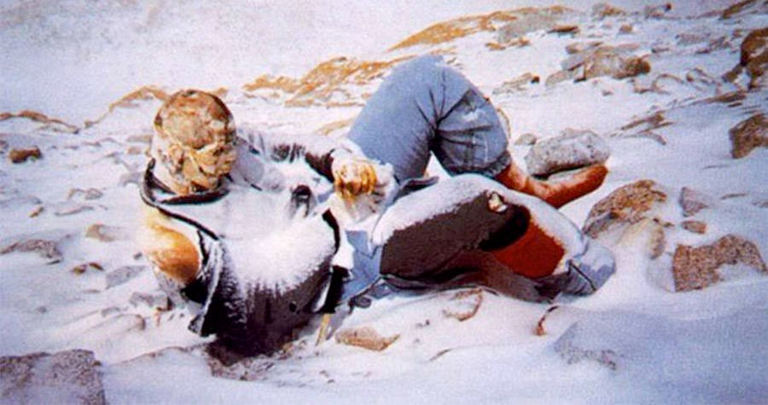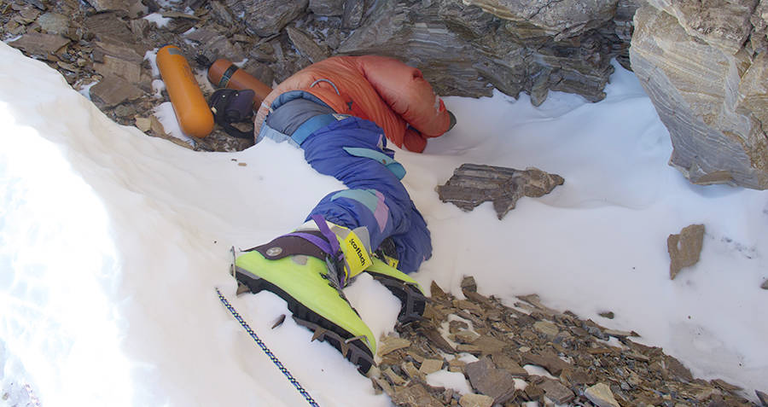Mount Everest has claimed the lives of nearly 200 climbers. Many of the remains remain to act as a terrible reminder for those who come after.

Mount Everest is the world's tallest peak, but many people are unaware of its other, more terrible title: the world's largest open-air graveyard. Over 4,000 people have followed in Edmund Hillary and Tenzing Norgay's footsteps since 1953, when they first topped the summit, risking the harsh environment and perilous terrain for a few minutes of glory.
Climbers who do succeed are generally left with long-term consequences. Those that are unlucky are left where they fall.

The standard approach is to simply leave the deceased where they died, thus these bodies will stay on the mountainside for all eternity, acting as a warning to climbers as well as horrible mile markers.

Almost every climber walked past one of the most renowned corpses, known as "Green Boots," on their way to the death zone. Green Boots' identity is disputed, however it is usually assumed that he is Tsewang Paljor, an Indian climber who died in 1996.

When someone dies on Everest, especially in the death zone, retrieving the body is nearly difficult. The weather, geography, and a lack of oxygen make it impossible to reach the bodies. Even if they are discovered, they are generally frozen to the ground.
#blurt #blurtlife #photography #everest #death #climb #blog #nature
Nice and informative!
It's quite surprising because many people will still take up an opportunity to pass through the same route knowing fully well that their chances of survival is very slim.
Hi, @praneeth123,
Thank you for your contribution to the Blurt ecosystem.
Please consider voting for the witness @symbionts.
Or delegate to @ecosynthesizer to earn a portion of the curation rewards!